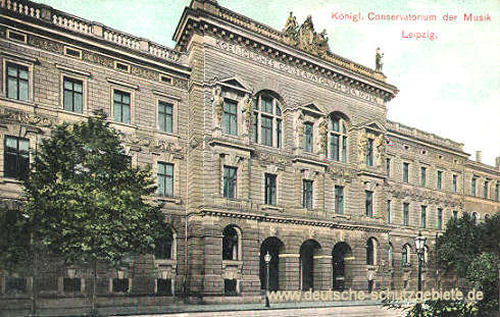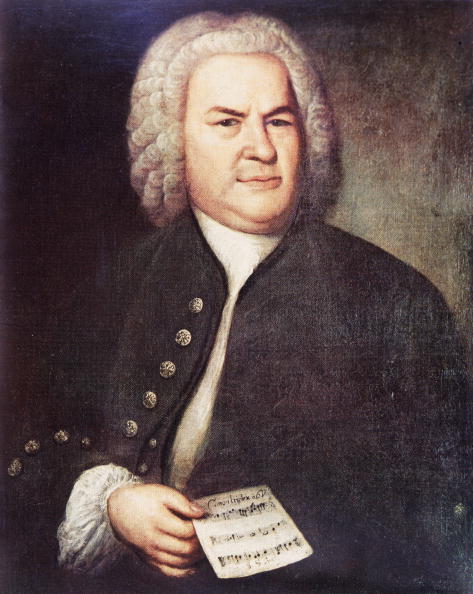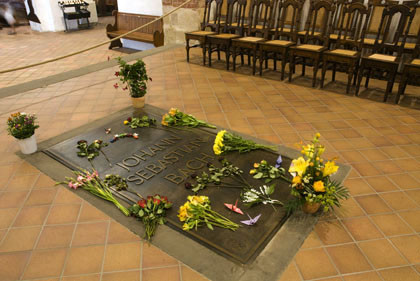 Do you ever wish that you’d asked more questions of your teachers? I do. When we’re children, sometimes we are too shy, or too timid, or we don’t know which questions to ask. Looking back, I wish I’d spoken up when one of my inspirational piano teachers, Gordon McKeown, said to me in a lesson, ‘Oh yes, when I was in Leipzig he was there,’ referring to the editor of the music I was using. I should have jumped in immediately with ‘When were you there? Why? Were you studying at the Conservatorium? For how long? Who with? Tell me about it!’ But no; I silently swallowed the information without comment. I’ve never forgotten it, though. And when I was in Leipzig in September, I remembered it afresh, and wondered again.
Do you ever wish that you’d asked more questions of your teachers? I do. When we’re children, sometimes we are too shy, or too timid, or we don’t know which questions to ask. Looking back, I wish I’d spoken up when one of my inspirational piano teachers, Gordon McKeown, said to me in a lesson, ‘Oh yes, when I was in Leipzig he was there,’ referring to the editor of the music I was using. I should have jumped in immediately with ‘When were you there? Why? Were you studying at the Conservatorium? For how long? Who with? Tell me about it!’ But no; I silently swallowed the information without comment. I’ve never forgotten it, though. And when I was in Leipzig in September, I remembered it afresh, and wondered again.
There are so many musicians associated with Leipzig; Schumann and Mendelssohn spring to mind, but above all, it is Bach whom we associate with that city. In 1950 the first International Johann Sebastian Bach Competition was held there. Chairman of the Jury was Dmitri Shostakovich – yes, he was also in Leipzig – and one of the competitors was Tatiana Nicolayeva, who won the gold medal. She had learned all of Bach’s Preludes and Fugues for the occasion. Shostakovich was so impressed by Bach’s music and by this young woman that he returned to Moscow and wrote his own set of 24 Preludes and Fugues, Opus 87. Nicolayeva gave the first performance in Leningrad in 1952, and subsequently recorded them .
Here she is talking and performing, and there is footage of Shostakovich performing, too.
I particularly like the Prelude and Fugue in A major. The Prelude starts in a well-behaved fashion, not unlike a two-part invention by Bach, except that it goes its own sweet way into obviously 20th century harmonic territory. The fugue is based on a broken up tonic triad of A major, and it remains benignly without dissonance throughout. The A minor Prelude and Fugue follows well, as in this recording by Richter.
So – when I was in Leipzig, I visited St Thomas church where Bach was Cantor, gazed upon his grave with awe, listened reverently to someone practising the organ, and marvelled at the a capella group Calmus who were rehearsing Arvo Pärt for a concert that evening.
In my lessons with Gordon McKeown, we started with a collection of beginner pieces known as The Children’s Bach, published by Allans, with the well-known portrait of Bach on the cover in monochrome. In the nearby Bach museum in Leipzig hangs the original painting [below], and two copies, so at last I came face to face with an image I’ve known since my childhood. After sundry Polonaises and Minuets from the Children’s Bach, I graduated to the Small Preludes – excellent teaching pieces – and then Two-Part Inventions and movements from the French Suites; later, there were Partitas, Toccatas, and Preludes and Fugues on the agenda.
But I digress. To France next, for another Prelude and Fugue, but this time with a Chorale in between them …

Painted portrait of German composer and organist Johann Sebastian Bach (1685 – 1750) holding the ‘Canon triplex for Six Voices,’ Leipzig, Germany, painted by Elias Gottlieb Haussmann in 1746. (Photo by Hulton Archive/Getty Images)
.

